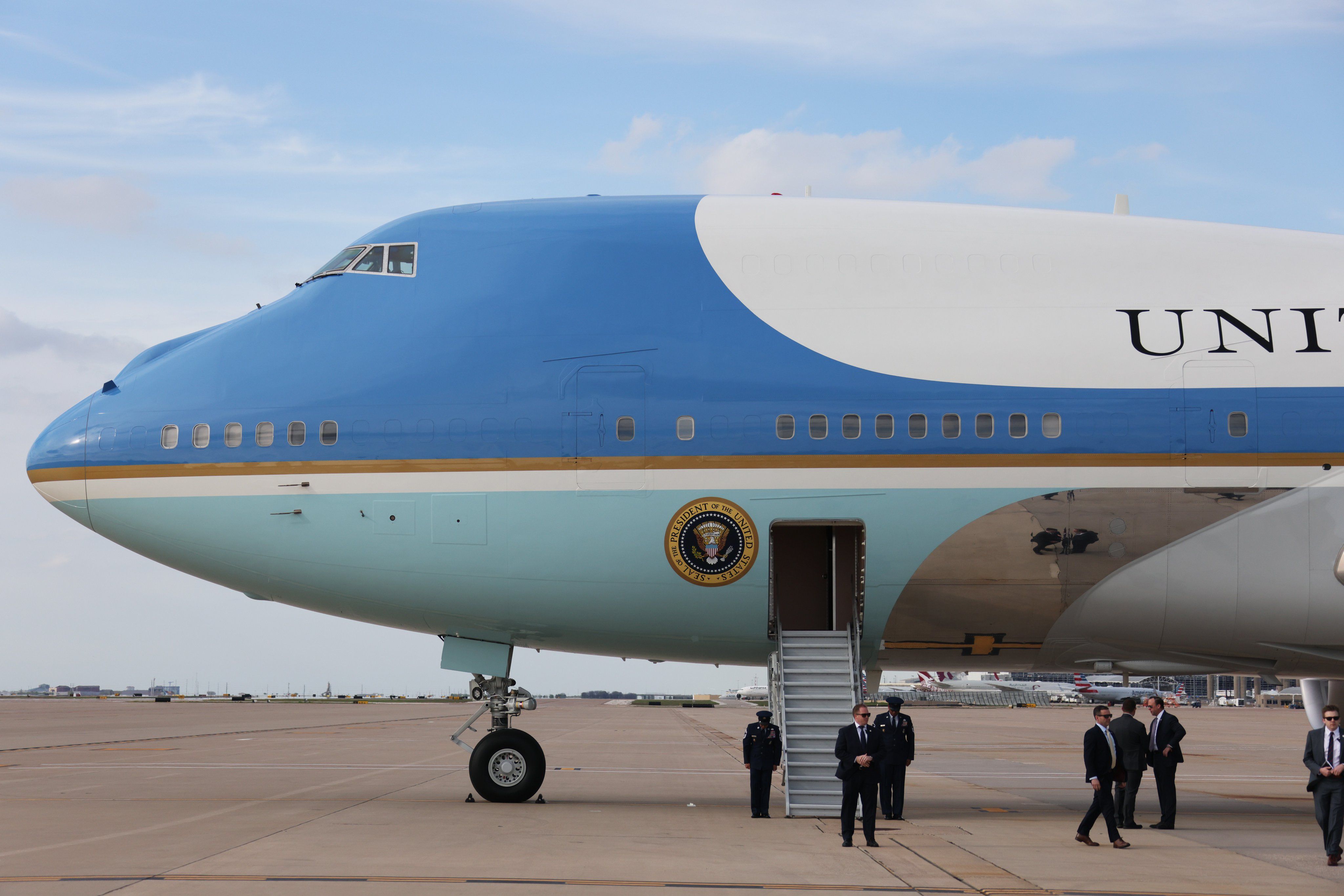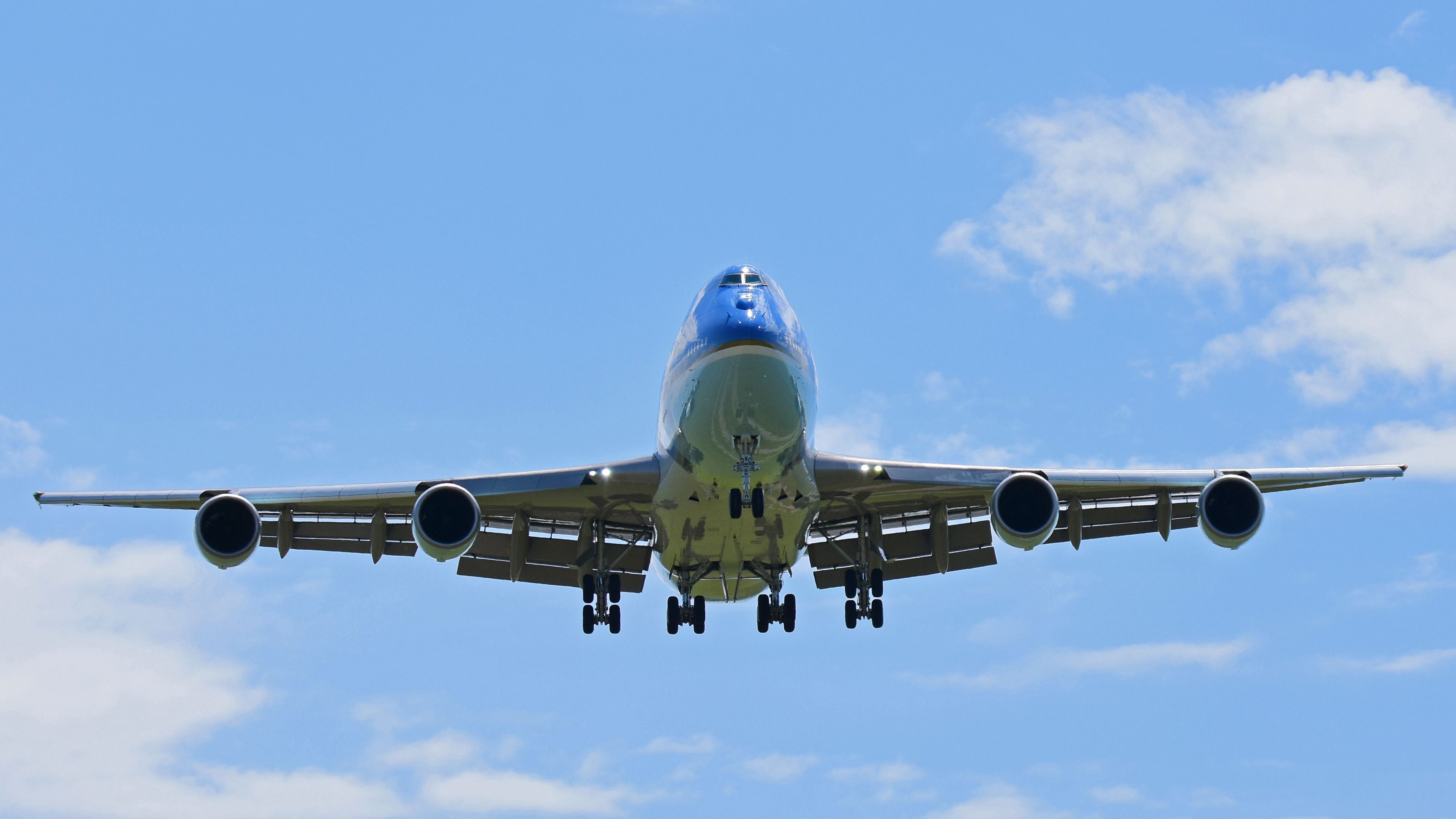Summary
- Fixed-price contracts resulted in Boeing incurring major losses on Air Force One program.
- Capability expectations for the new VC25B include increased range and defense capabilities.
- Research and development, high cost of goods, and supply chain issues contribute to escalating costs.
Boeing airplanes have transported United States presidents for several decades. The latest iteration of the presidential aircraft is a pair of modified Boeing 747-200 (VC25A). In 2018, the Air Force continued the legacy with two modified Boeing 747-8 orders to replace the current aging airplanes.
The manufacturer realized that it was incurring much higher costs on the program. This article explores why the Air Force One program costs much more than initially anticipated.
1
A fixed-price contract
The Trump Administration struck a fixed-price deal with Boeing in 2018.
- Original deal: $3.9 billion for two jets
- Further expenditures reported by Boeing in early 2023: $482 million
- Total program losses reported in 2023: $2.4 billion
In 2018, the Trump Administration struck what seemed to be an ideal negotiation outcome: to acquire a new pair of presidential planes from Boeing for a fixed price of $3.9 billion. While the deal supposedly saved a chunk for American taxpayers, Boeing regrets accepting the offer. According to a CNN report from 2018,
“President Trump has reached an informal deal with Boeing on a fixed price contract for the new Air Force One Program…Thanks to the President’s negotiations, the contract will save the taxpayers more than $1.4 billion.”
Photo: Air Force
In 2022, Dave Calhoun, the current CEO of Boeing, stated
“Air Force One, I’m just going to call a very unique moment, a very unique negotiation. A very unique set of risks that Boeing probably shouldn’t have taken…But we are where we are.”
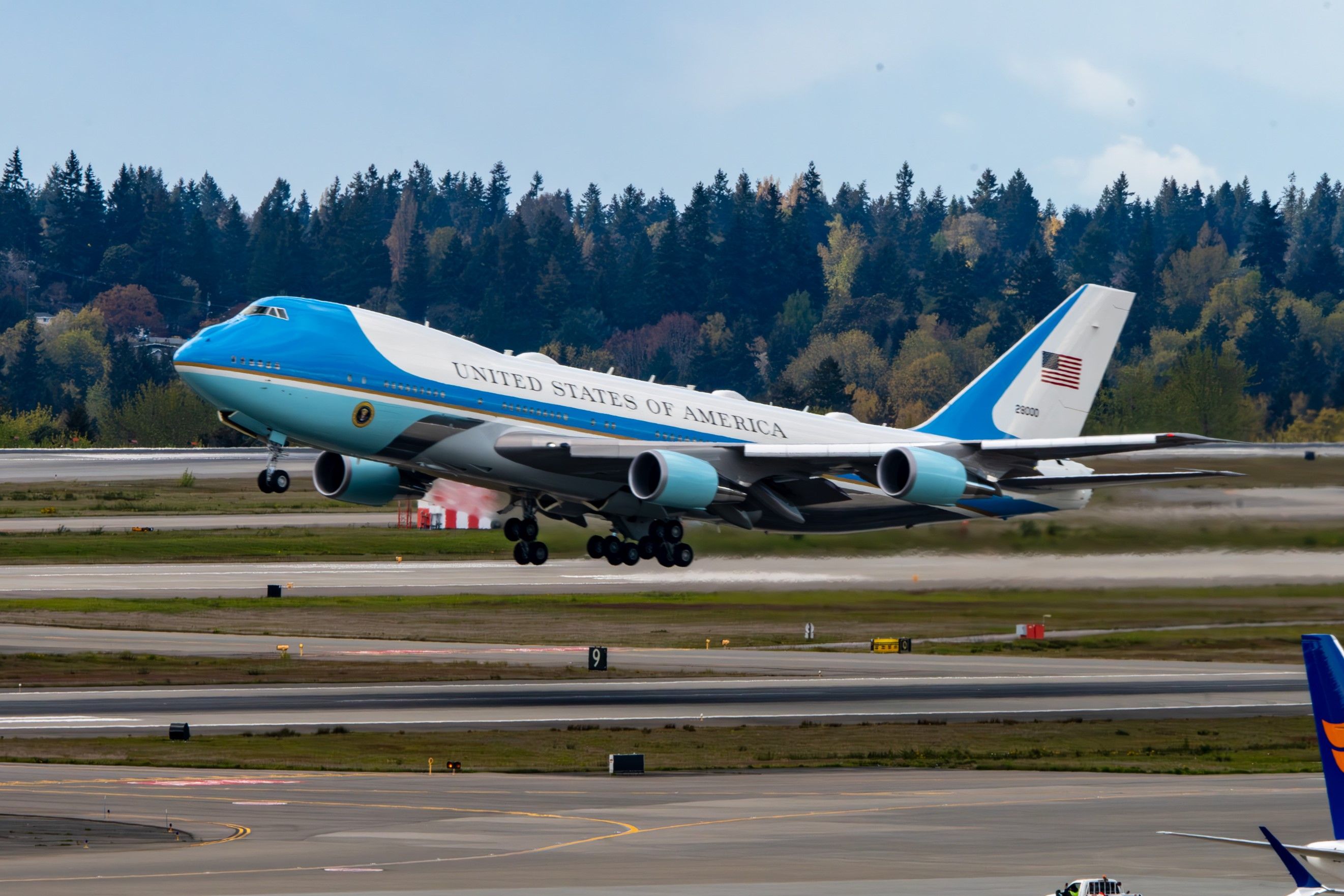
Related
A Look At The Defense Systems That Protect Air Force One
What keeps the plane and its passengers safe in any situation?
Boeing has only poured more money into the program and incurred losses worth billions, bringing the program cost significantly greater than the fixed-priced contract with the government.
2
Capability expectations
The aircraft is expected to have greater capabilities than existing presidential planes.
| VC25A (Boeing 747-200) | VC25B (Boeing 747-8) | |
|---|---|---|
| Range | 6,735 NM | 7,730 NM |
| Cruise speed | .84 Mach | .855 Mach |
| Maximum takeoff weight | 833,000lb | 987,000lb |
| Wingspan | 195 ft 8 in | 224 ft 5 in |
| Length | 231 ft 10 in | 250 ft 2 in |
The latest presidential planes (VC25A) were built over 30 years ago. While the existing Boeing 747-200 modified planes have advanced technologies and capabilities, the Air Force expects a significantly improved version with the VC25Bs. In addition to the greater range of proposed VC25Bs, the aircraft must also be capable of defending against newer, more advanced enemy threats.
Although specific details of the Air Force capabilities are kept secret by the US government, Boeing has listed some of the essential elements of the presidential aircraft.
- Conference/dining room
- Quarters for the president and the first lady
- An office area for senior staff members
- Another office that converts into a medical facility when necessary
- Work and rest areas for the presidential staff, media representatives, and Air Force crews
- Two galleys that can provide 100 meals in one sitting
- Multi-frequency radios for air-to-air, air-to-ground and satellite communications
- State-of-the-art navigation
- Electronic and communications equipment
- Interior configuration and furnishings
- Self-contained baggage loader
- Front and aft air-stairs
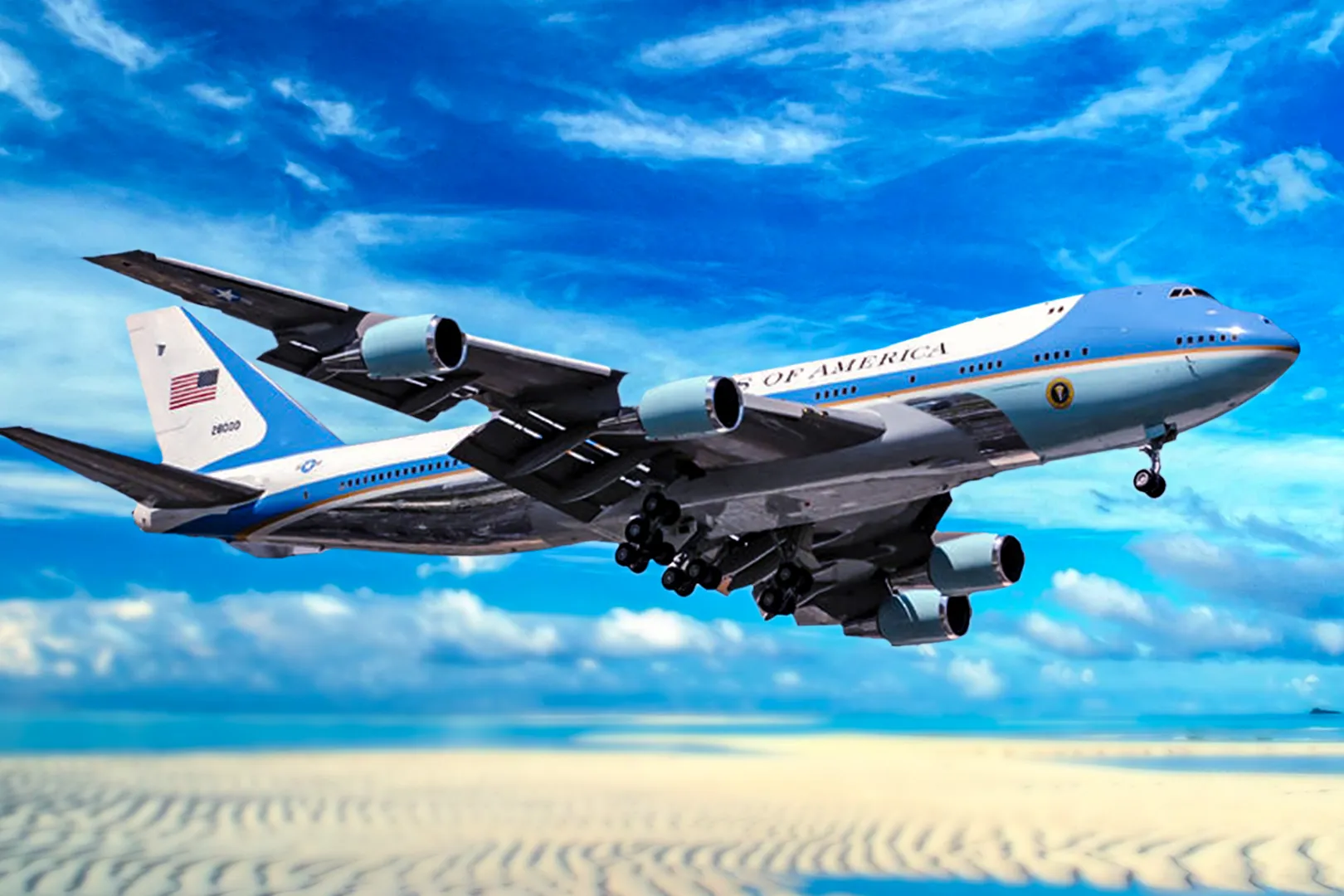
Related
4 Things You Never Knew About Air Force One
When it comes to the Presidential Boeing 747-200B (and their replacement 747-8I) jets there is more than meets the eye.
3
Research and development cost
This is due to the ever-changing technological requirements.
With greater capability expectations come higher costs, particularly research and development costs. Boeing realizes that R&D costs are very unpredictable, especially in the ever-changing technological environment. While most contractors avoid taking the fixed-price deal, Boeing agreed to a lot more than it could actually deliver within the said budget.
Photo: Dallas Fort Worth International Airport
According to the Director of the Center for Defense Concepts and Technology at the Hudson Institute think tank, as reported by Defense News,
“There’s definitely been a new openness on the part of DoD contracting officers to accept cost-plus [contracts] on the R&D side,” Companies now say they “want R&D to be a cost-plus endeavor, where we’re getting covered in terms of our overruns. Because the government always asks for something pretty ambitious, therefore, it makes sense that the government helps to pay for or cover the risk associated with those ambitious goals.”
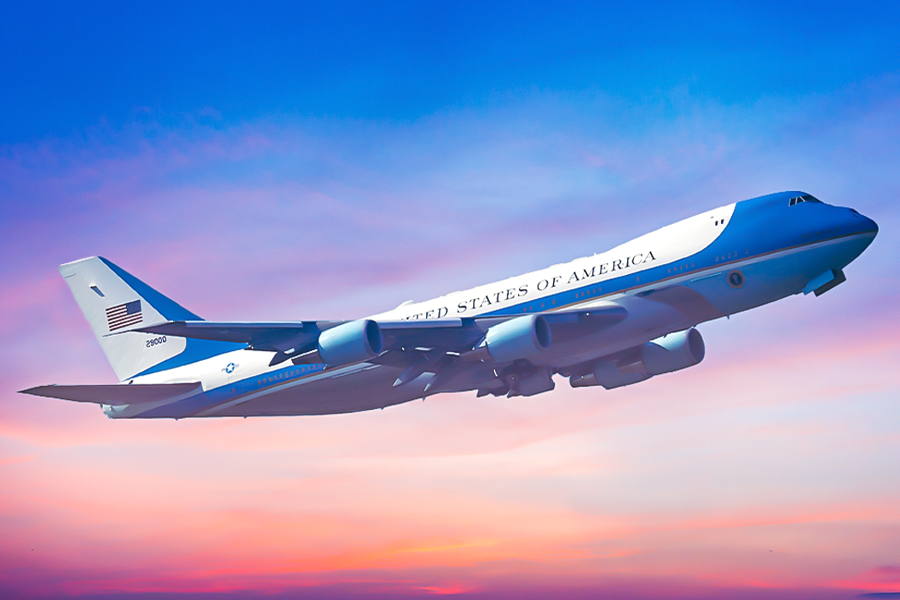
Related
What Other Planes Fly With Air Force One?
Air Force One always travels with two other aircraft, a C-17 cargo plane and a specially equiped Boeing 747 nicknamed the “Doomsday” plane.
Moreover, worldwide supply chain delays and labor shortages are costing Boeing billions on the VC25B program. Numerous delays result in increased overhead costs, not to mention the high cost of goods.
4
High cost of goods
The post-pandemic inflation has hurt the company’s bottom line.
| The initial cost of the program | % Difference | |
|---|---|---|
| 2018 | $3.90 billion | Baseline |
| 2020 | $4.02 billion | 3.1% (from 2018) |
| 2022 | $4.55 billion | 13.1% (from 2020) |
| 2024 | $4.87 billion | 7.1% (from 2022) |
The major after-effect of the pandemic was the high cost of goods. In the last few years, worldwide inflation has affected almost all industries. Since Boeing accepted the fixed price offer in 2018, the $3.9 billion value has translated into today’s $4.87 billion, a whopping nearly 25% increase. The inflation-related variance has raised the cost of goods, transportation, and labor.
Photo: Nina B | Shutterstock
The Defense News reports,
“There was a lot of risk in that [Air Force One project] because it’s not easy to convert a plane that already exists to perform a different function. The government squeezed them pretty hard to give them a fixed price, and [Boeing] had to lowball it, and now they’re having to take those losses.”
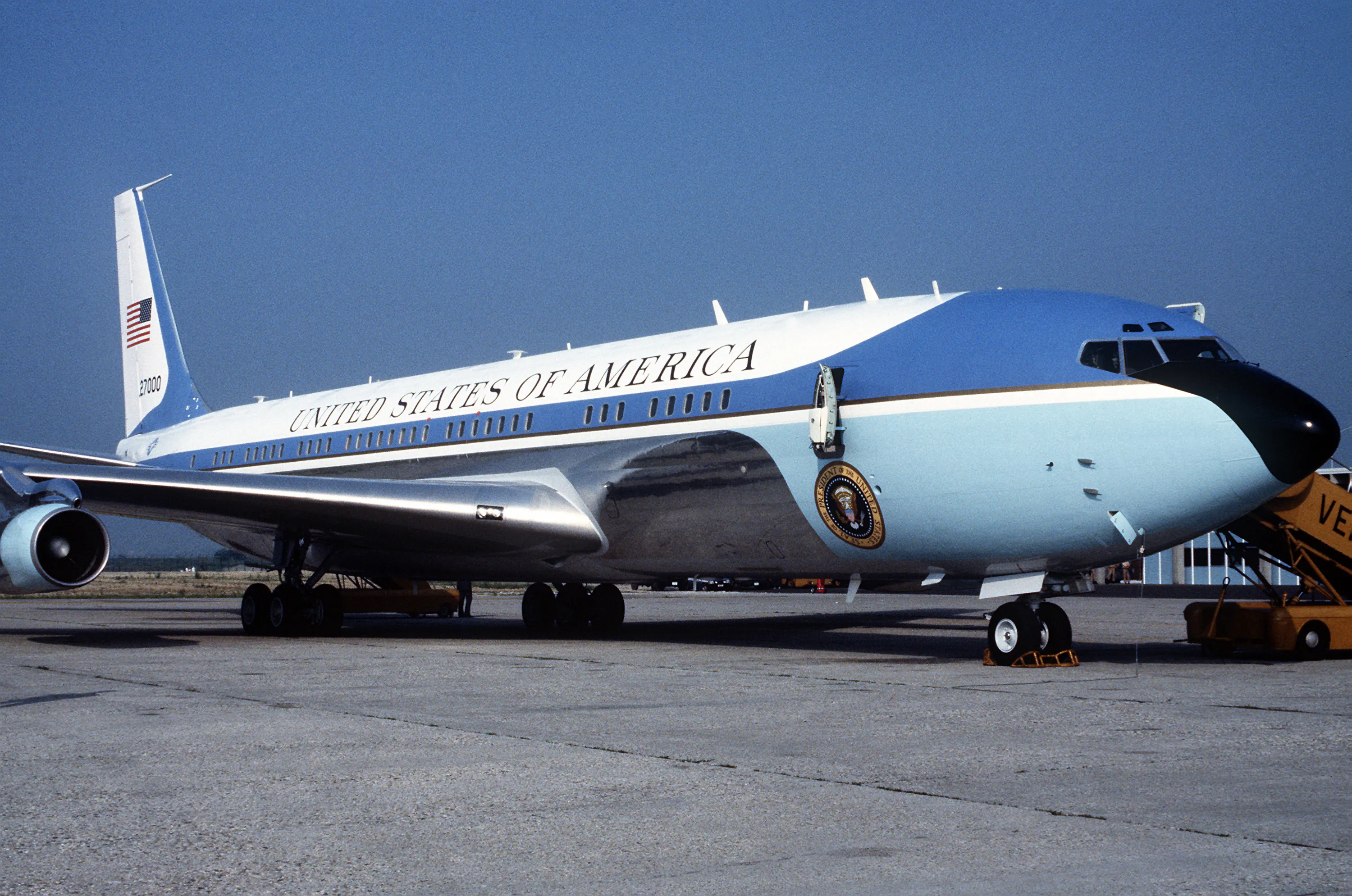
Related
Beyond Air Force One: 5 Planes That Officially Served US Presidents
Presidential transport has changed drastically over time.
What are your thoughts on the increasing cost of the Air Force One program at Boeing? Share your views in the comments section.

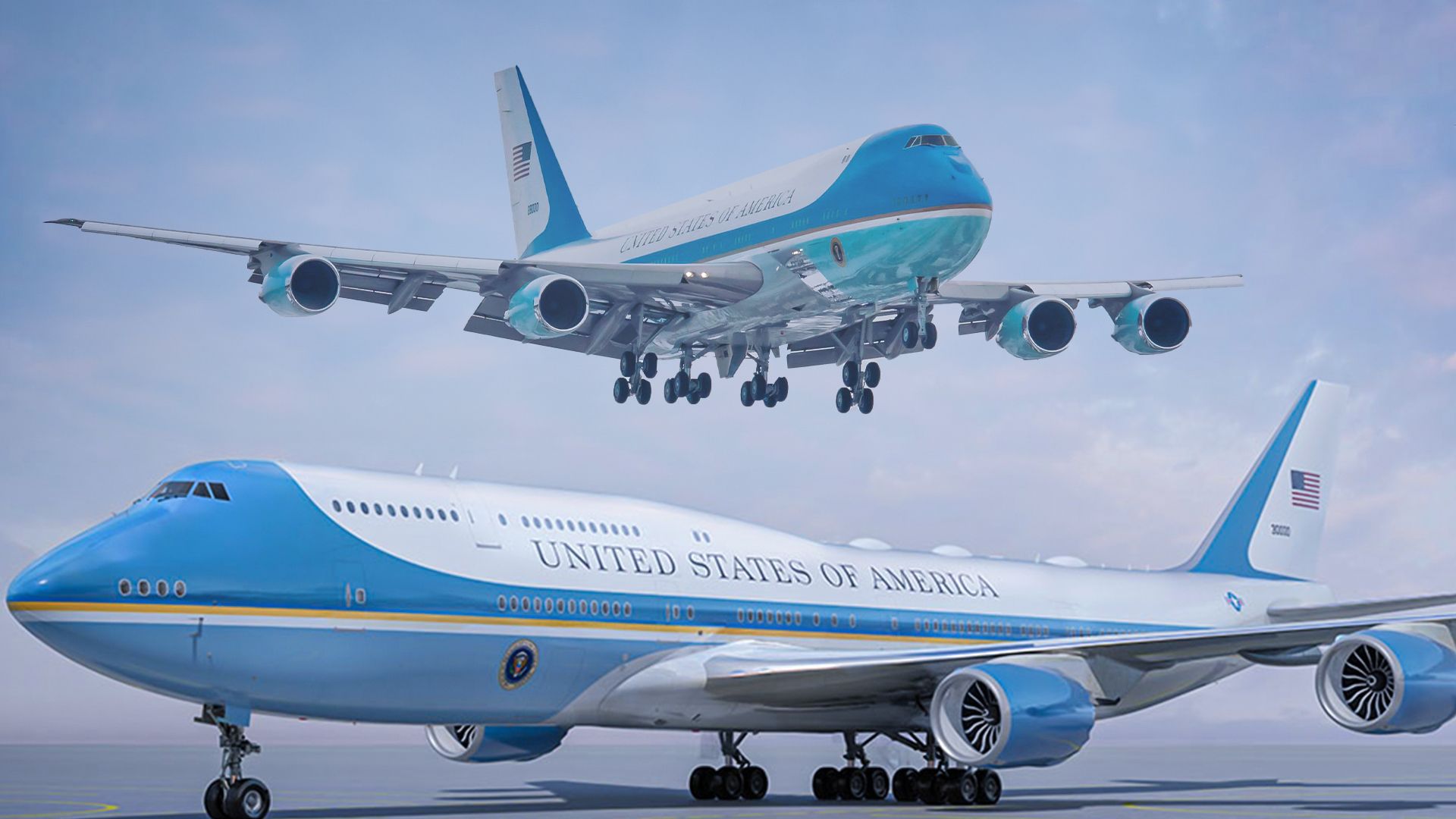
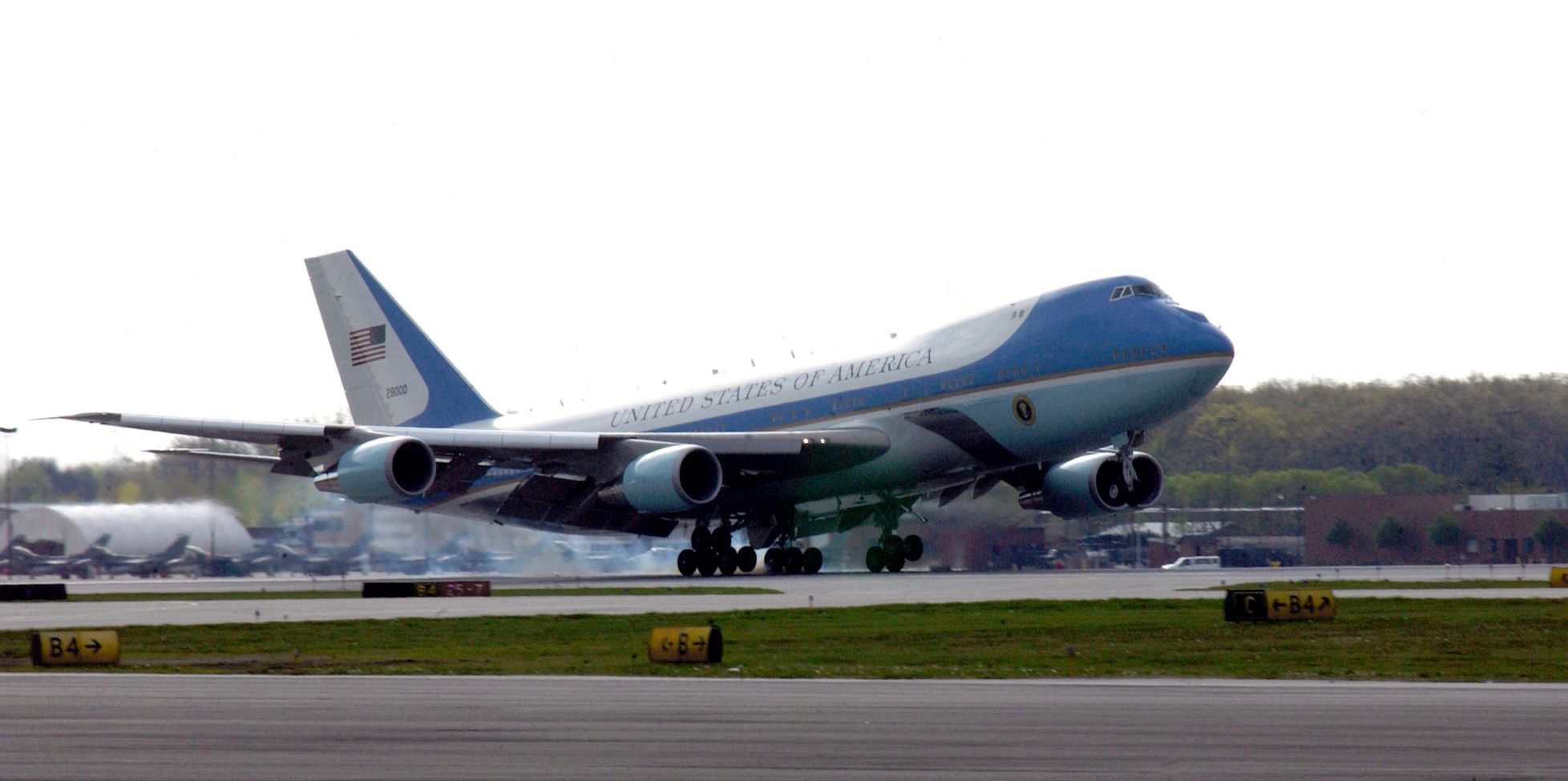
![8009579 - 16x9 - Team Ramstein Refuels Air Force One [Image 4 of 6]](https://static1.simpleflyingimages.com/wordpress/wp-content/uploads/2024/03/8009579-16x9.jpg)
